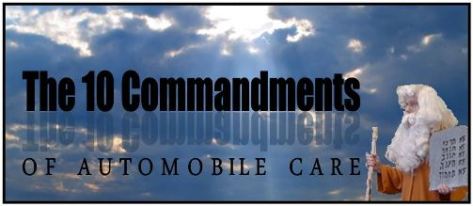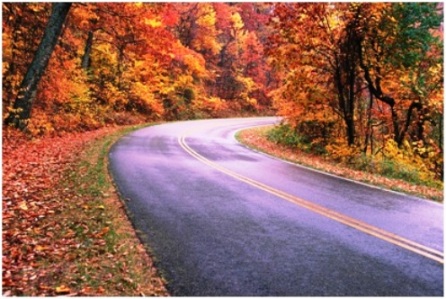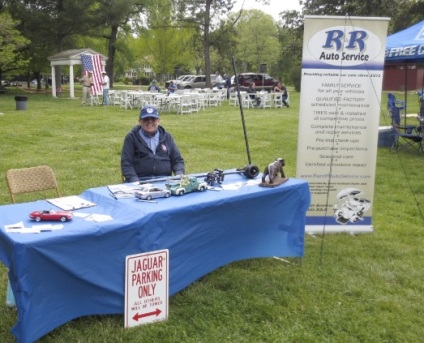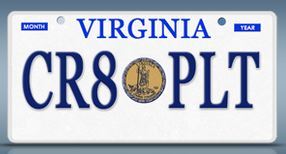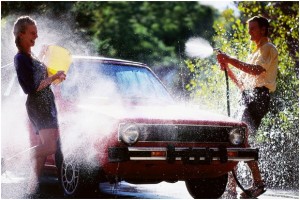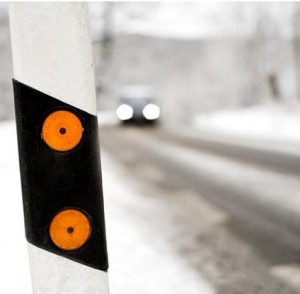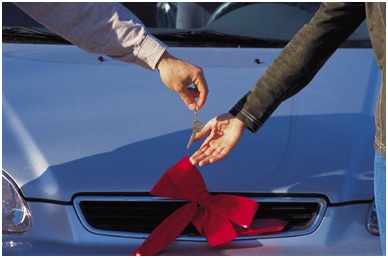The faithful in the auto service industry have long expected a message from on high about auto care. But it came as a great surprise recently when Moses once again descended the mountain, this time appearing in the midst of a small congregation of business owners in Northern Virginia. His purpose was to deliver the 10 Commandments of Automobile Care.
With unexpected verve and jolly good humor for such an ancient man, Moses urged the congregants to remember that every car deserves R&R. Click our photo above to watch his thoughtful and witty presentation of the commandments.
Transcribed from the I-Stone tablet of Moses, here are the 10 Commandments of Automobile Care:
- Thou shalt anoint thy chariot faithfully with oil and shalt not exceed the mileage limits set by your chariot maker before changing your oil and filter.
- Thou shalt faithfully check thy oil level between oil changes.
- Thou shalt faithfully check all thy chariot’s other fluid levels.
- Thou shalt inspect thy chariot wheels regularly for ample tread and rightful pressure.
- Thou shalt care for thy horsepower so that thy emissions be clean. If they not be clean, then get them cleaned up.
- Thou shalt consult thy chariot bible regularly to be sure thy chariot receives its recommended care. Thy chariot cannot long survive on oil changes alone, but needs care at specified mile intervals.
- Thou shalt send your chariot to a place of refuge, if you cannot care for it yourself. I have created R&R Auto Service as a place of refuge and have anointed a special tribe, the Mechanites, to service and maintain it. If thy chariot is plagued with problems, remember every chariot deserves R&R.
- Thou shalt not ignore thy check engine light. It is my sign that chariot care is needed.
- Thou shalt focus on the road, not thy phone, while driving your chariot.
- Thou shalt not covet thy neighbor’s ride, whether it be chariot, horse or donkey.

